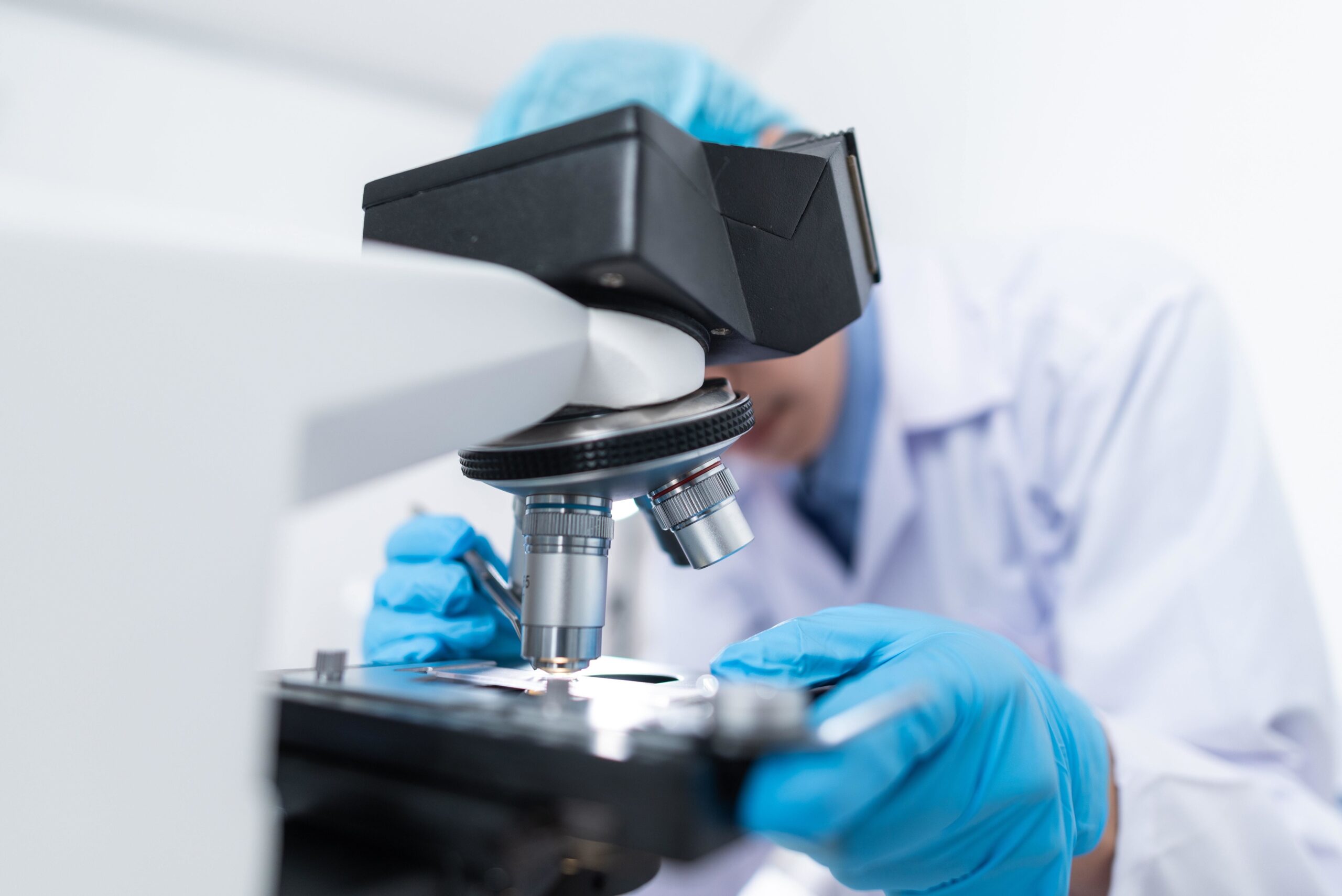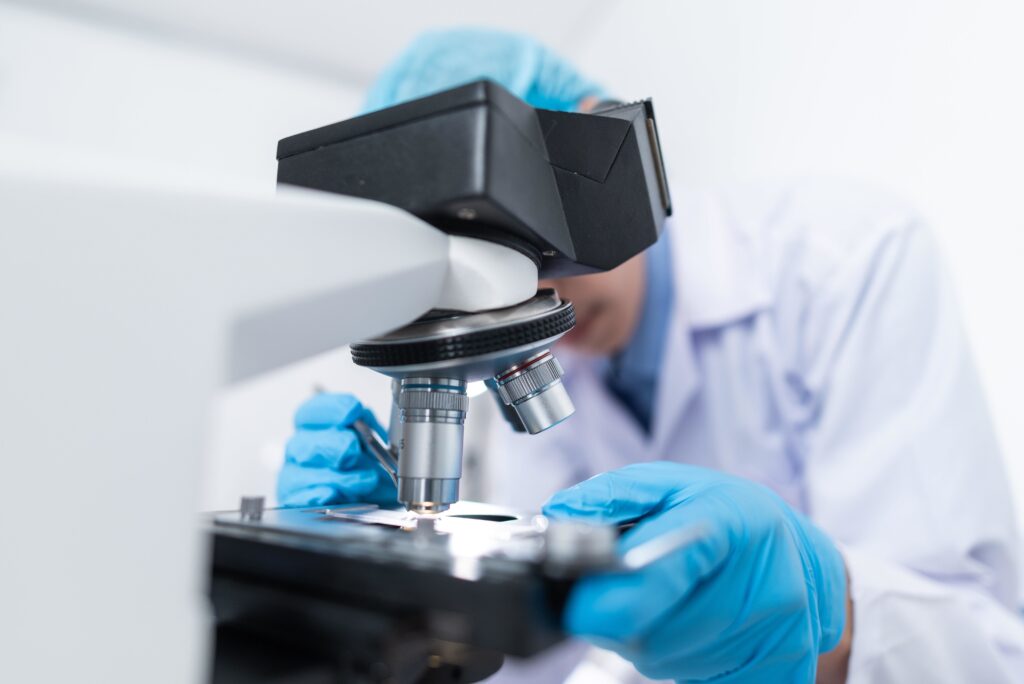Recognizing that creativity and innovation are essential drivers of “problem solving in the context of economic, social and sustainable development,” the United Nations has designated April 21 as World Creativity and Innovation Day . This is an opportunity for us to take stock of these technological innovations (Artificial Intelligence, Virtual Reality, Telemedicine, Connected Devices, etc.) which are revolutionizing the world of healthcare and which will change patient care. This article is illustrated with concrete examples of applications or services based on startups and nuggets of e-health supported by Groupe Pasteur Mutualité through the iMpulsion program, the Villa M Health Innovation accelerator.

Artificial Intelligence A Super Assistant
A rapidly expanding field, Artificial Intelligence (AI) nevertheless has a very mixed image among the general public and healthcare professionals, an image mainly fueled by the fear of one day being overwhelmed by its capabilities. Today, however, tools based on Artificial Intelligence have limited adaptability. They are dedicated and trained for a single task: Assistance with the diagnosis, treatment, and monitoring of patients; assisted operations; personalized treatment through the analysis of a very large amount of data (Big Data); etc. Indeed, the algorithms on which AI is based are intended to help humans in the tasks they have to perform for example, for a health professional, it may involve supporting them in their work by relying on reasoning based on the medical knowledge of their specialty The training of the algorithm goes through a learning phase, during which it learns to carry out the task assigned to it by a trial and error mechanism before managing on its own. For example, an algorithm can be trained to identify pathological signs on images. This is how it can become a Super assistant for health professionals.
- Predictive medicine : prediction of a disease and/or its progression
- Precision medicine: ecommendation of personalized treatments
- Decision support: diagnostic and therapeutic assistance
- Companion robots: Daily support for elderly or vulnerable people
- Computer-assisted surgery: remote operation and improved precision of gestures
- Prevention anAnticipationf an epidemic, pharmacovigilance
Because it is difficult for healthcare professionals to access all the publications, studies and medical recommendations that concern them, this startup offers a platform giving access to all medical content drawn from thousands of sources, peer-reviewed scientific journals, partner and public databases, in more than 25 medical specialties… all this summarized by an AI.
The platform makes it possible to extract meaningful or actionable data from all this information in minutes , where hundreds of hours of reading and analysis would normally be required for one person.
It relies on a pre-trained language model to aggregate, select, synthesize, translate, and recommend scientific literature, ensuring its accuracy and data security.
Spectre Biotech offers an automated and digital brain imaging platform based on Artificial Intelligence. This secure, cloud-based solution integrates all the expertise necessary for processing and generating brain imaging reports to facilitate the diagnosis of mental health disorders before the first symptoms of the disease appear.
Already adopted by health centers, community practitioners, and sports facilities for prevention, this platform combines very easy-to-use equipment with artificial intelligence technologies.
Virtual Reality for training practitioners and treating pathologies
Popularized by video games, Virtual Reality is inspiring more and more applications in the professional field, particularly for training. It involves immersing the user in a 360° universe very close to reality (images and sound), thanks to a headset.
The applications of this innovative technology are particularly interesting in the world of health:
- Supporting the treatment of certain pathologies: for example, by inviting a patient suffering from phobias to gradually confront the source of their trauma to help them adopt new behaviors; another example is the treatment of phantom pain sometimes suffered by amputees or paraplegics.
- Improving practitioner training and diagnostic capacity: Virtual Reality allows healthcare professionals in training to practice a procedure before performing it on a patient. For example, a diagnosis, decision-making, or care procedure can be assessed through a role-playing exercise; a surgical procedure can be simulated. This technological innovation also facilitates the implementation of remote medical training when the specialist is located abroad.
- Bringing a playful dimension to the care provided
Simango offers a metaverse training center dedicated to healthcare establishments (300 already use it).
It includes immersive healthcare training modules in virtual reality: the learning metaverse. It is an augmented virtual hospital dedicated to training healthcare and medical staff.
The scenarios, offered in virtual reality and serious games, reproduce multiple situations taking place in different areas of a healthcare facility o a rating room, patient room, intensive care unit, resuscitation, fire safety which concerns an entire floor, radiation protection, etc.
Telemedicine Teleconsultation Connected devices health within everyone’s reach
Making health available to everyone, everywhere
Taking advantage of the constraints induced by the various lockdowns, teleconsultation has become more or less a habit for both patients and healthcare professionals. The difficulty of obtaining an appointment with a practitioner in medical deserts (and sometimes also in the city) has finally convinced people of the usefulness of this system.
Teleconsultation can be performed from home or by visiting a terminal or booth that can be installed in pharmacies, healthcare facilities, businesses, or public buildings. These are now equipped with blood pressure monitors, thermometers, and stethoscopes, allowing for remote monitoring of vital signs, the issuance of a diagnosis, and a prescription, which is printed in the booth.
Of course, these devices do not replace a doctor, but they complement the healthcare offered
He helped to maintain and monitor patients at home.
Remote medical monitoring devices allow post-operative monitoring or monitoring of patients with acute or chronic illnesses , when they live far from the hospital or the practitioner’s office or when they cannot travel.
These devices rely on activity trackers and connected objects: blood pressure monitors, blood glucose meters, ECG devices, pulsoximeters, fadetectorstor, smwatchesatch, smart pill boxes, BioStickers, etc.
These devices are generally associated with a mobile application that collects data (heart rate, oxygen levels, blood pressure, etc.) and transmits it in real time to the healthcare team.
Here again, technological innovation is put to the service of health, improving access to care, the quality of care and patient autonomy.
The two conditions for their adoption by healthcare professionals (and by patients) are the reliability of the measurements that these various connected objects and trackers establish and the security of the data that they collect.
This startup offers a home monitoring solution for heart failure based on portable, connected blood testing devices at the patient’s bedside.
The solution consists of:
- sSingle-usestrips , carrying a sensor that simultaneously detects 4 blood biomarkers for monitoring heart failure;
- a connected portable reader, capable of reading, converting ,and displaying the signals coming from the strip; this has the size and ease of use of a blood glucose reader;
- and online services for monitoring and sharing data with healthcare professionals.
In summary,
In this article, we have only touched on a tiny fraction of the technological innovations that will revolutionize the world of healthcare and radically change medical care in the coming years.
The “Health Innovation 2030” plan aims to “make digital technology a lever for transforming our health system by promoting disruptive innovations, facilitating the growth of promising startups in the sector and training the talents of tomorrow for more predictive, more preventive and more innovative medicine .”
Made in a regulated and ethical manner , within a framework that respects health data, and in close collaboration with the various stakeholders involved, these changes will facilitate access to care and strengthen the quality of patient care.



